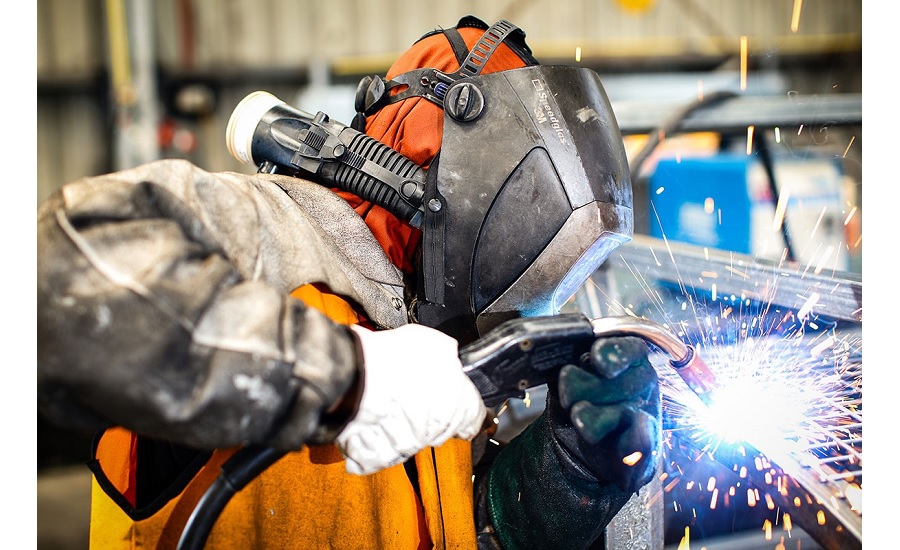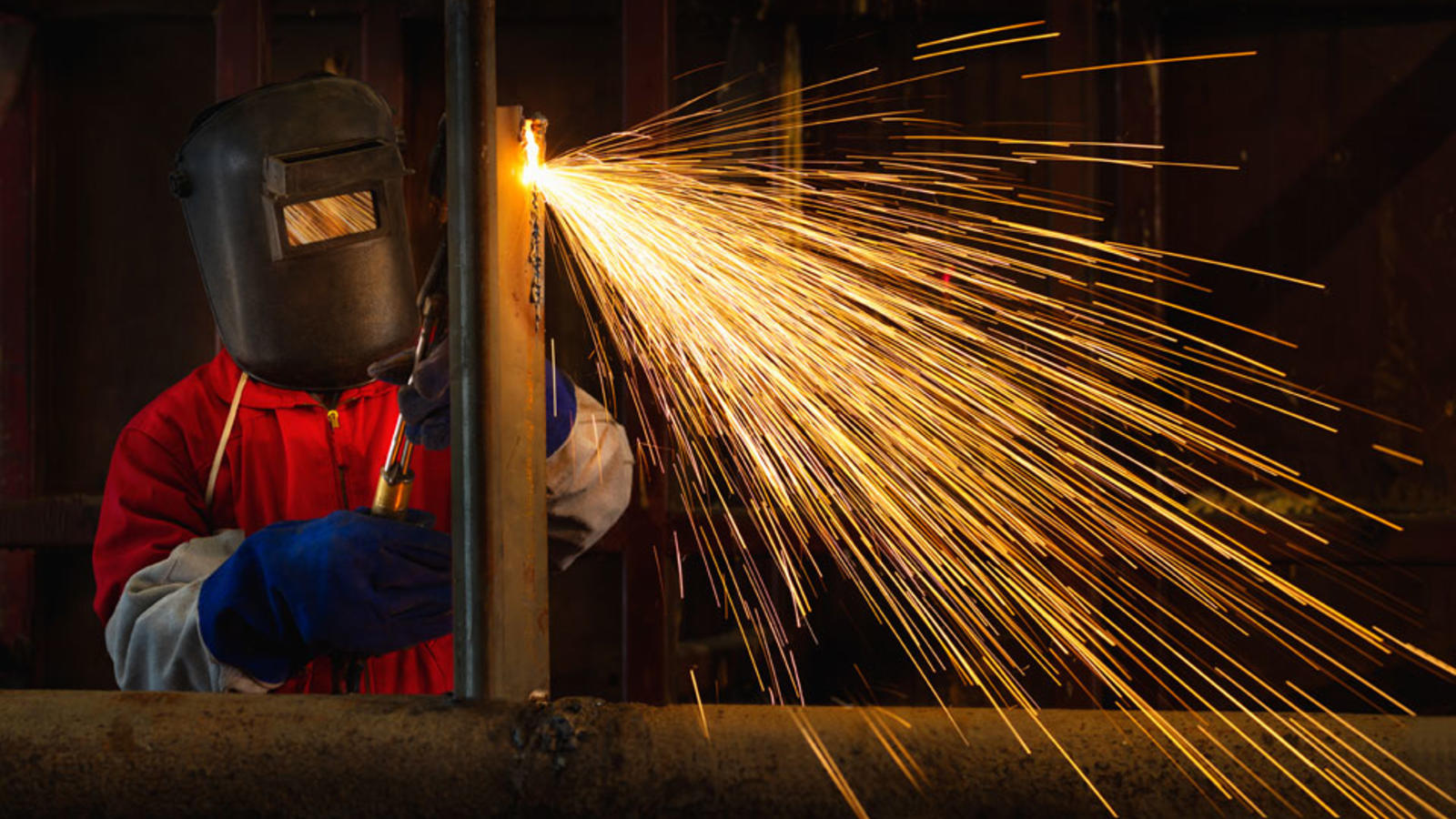Maximizing Your Welding WPS: Strategies for Improved Efficiency and Effectiveness
Maximizing Your Welding WPS: Strategies for Improved Efficiency and Effectiveness
Blog Article
The Ultimate Guide to Welding WPS Procedures: A Thorough Review for Welders
In the elaborate globe of welding, Welding Procedure Specifications (WPS) function as the backbone of ensuring top quality, consistency, and security in welding operations. Recognizing the subtleties of producing, implementing, and keeping an eye on WPS procedures is necessary for welders seeking to boost their craft and meet market criteria. As we explore the different parts of a WPS and explore the complexities of credentials and certification, we will certainly reveal the essential function these treatments play in the world of welding. Let's start a trip to unwind the intricacies and value of WPS procedures in welding techniques.
Importance of WPS Procedures
Understanding the importance of Welding Treatment Specifications (WPS) treatments is important for making certain the quality and honesty of welded frameworks. WPS treatments work as a roadmap for welders, outlining the essential actions, criteria, and products required to accomplish a sound weld. By sticking to WPS guidelines, welders can make certain uniformity in their work, leading to trusted and structurally audio welds.
One of the key reasons why WPS procedures are important is their role in maintaining weld top quality and honesty. Complying with the defined welding specifications and methods described in the WPS assists protect against flaws such as porosity, breaking, or incomplete combination, which can compromise the toughness and durability of the weld. In addition, WPS procedures are vital for making sure compliance with industry requirements and codes. By complying with established WPS standards, welders can show that their job fulfills the required demands for safety and top quality, supplying assurance to customers, examiners, and regulative bodies. Fundamentally, the relevance of WPS treatments can not be overstated, as they are essential to achieving constant, high-quality welds that fulfill industry requirements and requirements.

Parts of a WPS
A Welding Procedure Specification (WPS) generally comprises crucial parts that information the particular requirements for carrying out a weld, guaranteeing consistency and high quality in the welding process. The essential components of a WPS consist of important variables such as base metals, filler metals, interpass and preheat temperature levels, welding processes, shielding gases, welding positions, and post-weld warmth treatment demands.
Base metals refer to the materials being signed up with, while filler steels are used to load the gap between the base steels throughout welding. The welding process describes the certain technique to be used, whether it's gas metal arc welding (GMAW), shielded steel arc welding (SMAW), or an additional technique. Welding positions define the positionings in which welding can be executed.

Qualification and Accreditation
Having actually established the necessary parts of a Welding Procedure Specification (WPS), the focus currently shifts towards the vital elements of credentials and qualification in welding techniques.

Accreditation, on the other hand, Source is the formal recognition of a welder's certifications by a pertinent certification body or company. Welding qualifications are generally based on the particular welding processes, products, and placements a welder is certified to collaborate with. Holding a legitimate welding accreditation demonstrates that a welder satisfies market standards and is skilled to carry out welding tasks to the called for specifications.
Developing a WPS
To create a Welding Procedure Spec (WPS) that fulfills sector criteria, careful factor to consider of welding processes, products, and operational criteria is essential. The initial action in developing a WPS is to determine the welding procedure to be utilized, such as gas steel arc welding (GMAW) or protected metal arc welding (SMAW)

Carrying Out and Keeping An Eye On WPS
Upon get more completing the thorough Welding Treatment Requirements (WPS) that carefully details welding processes, products, functional specifications, and quality assurance actions, the emphasis moves to properly executing and checking the well-known procedures. Execution involves guaranteeing that all welders associated with the task are familiar with the WPS and follow it thoroughly throughout the welding process. This requires offering ample training and guidance to guarantee adherence to the defined procedures. Checking the WPS involves continuous oversight to verify that welding activities straighten with the documented requirements. Evaluations, testing, and quality assurance actions are essential elements of the surveillance process to identify any deviations or problems immediately. Routine audits and evaluations of the welding treatments assist in preserving uniformity and quality throughout the task. Effective application and monitoring of the WPS are vital for making certain the honesty, stamina, and safety of the bonded joints, ultimately adding to the total success of the welding task.
Conclusion
Finally, understanding and complying with Welding Treatment Requirements (WPS) is crucial for welders to guarantee high quality, uniformity, and safety and security in their job. By knowing the components of a WPS, getting correct certifications and accreditations, developing in-depth treatments, and applying and monitoring them effectively, welders can improve their skills and proficiency in welding techniques. Complying with WPS procedures is important for producing high-quality welds and meeting sector requirements.
In the detailed globe of welding, Welding Treatment Specifications (WPS) offer as the backbone of ensuring quality, uniformity, and security in welding procedures. The welding procedure details the specific method to be used, whether it's gas steel arc welding (GMAW), secured metal arc welding (SMAW), or one more method.To develop a Welding Procedure Requirements (WPS) that satisfies market criteria, mindful consideration of welding processes, products, and functional parameters is necessary. The first action in creating a WPS is to identify the welding procedure to be made use of, such as gas metal arc pop over to this site welding (GMAW) or shielded steel arc welding (SMAW)Upon wrapping up the comprehensive Welding Treatment Spec (WPS) that meticulously details welding processes, products, operational criteria, and high quality guarantee measures, the focus moves to effectively applying and keeping track of the established treatments.
Report this page